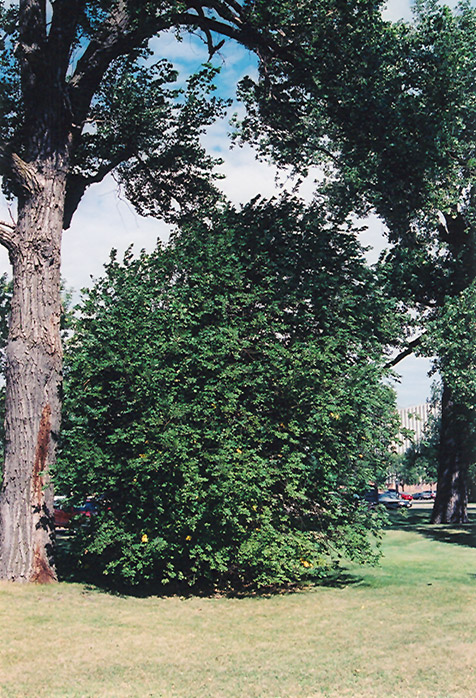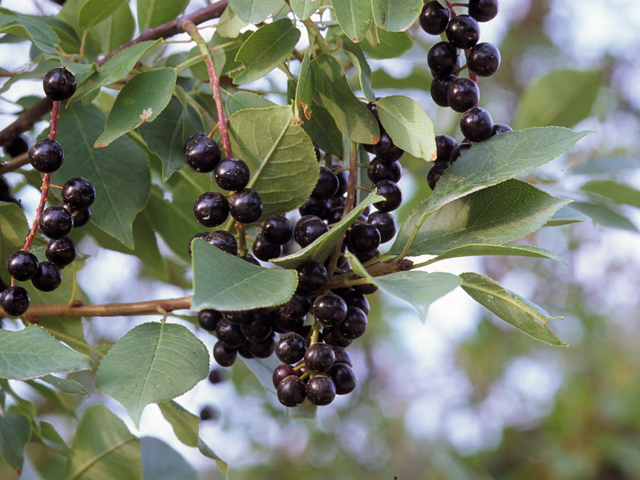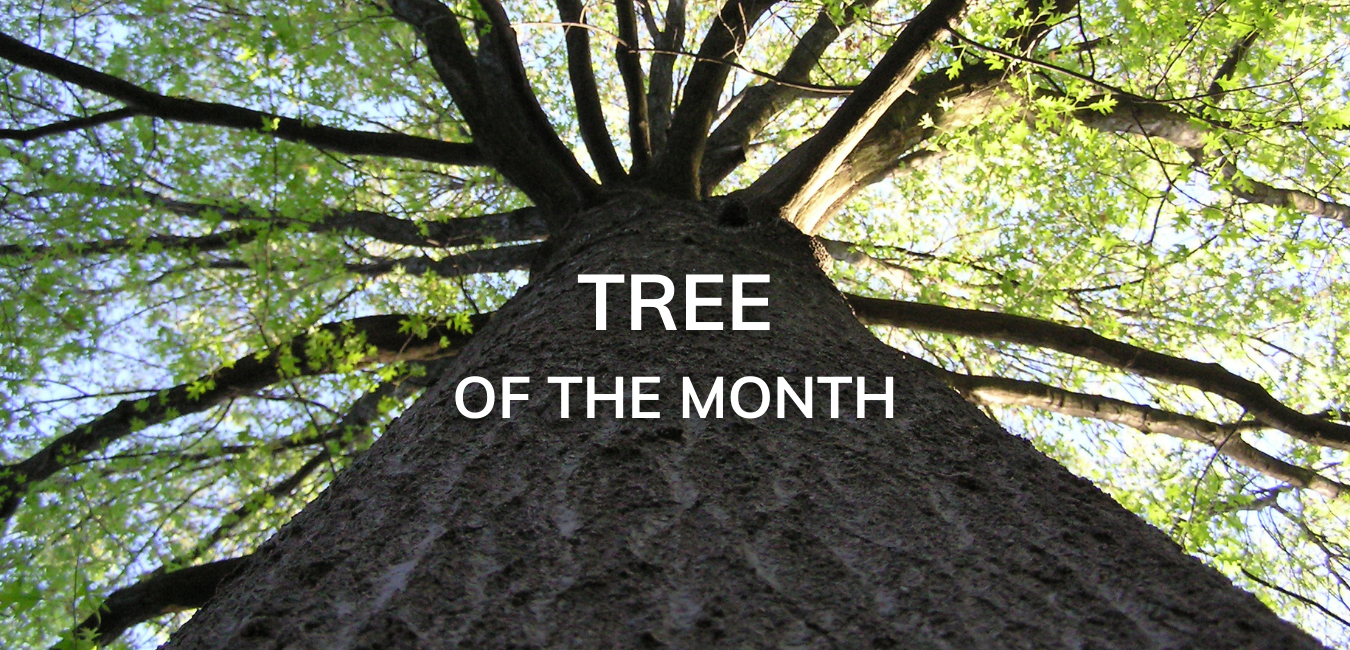
Photo by Dutch Growers 
Photo by Sally & Andy Wasowski
The Chokecherry is a shrub or small tree native to Ontario that can grow as tall as 4-5 metres. It has brownish-gray bark and oval-shaped leaves. It is a fruit bearing plant that gets its name from the large pit inside its berries. It can be distinguished from its relative, the Black Cherry tree, by comparing the bark, shape of the leaves and height of the plants as well as the habitat conditions. The Black Cherry is a canopy tree, growing tall to reach the sunlight in the forest, whereas the Choke Cherry is a much smaller understory plant.
Much like the berries of the Black Cherry tree, the Chokecherry berries are edible when they turn bluish-black and can be used in cooking. The berries are quite sour and bitter, but they are not harmful to humans so long as the stone in the centre is not eaten. It is especially important to keep small children from consuming the pit of this fruit, as it is very toxic.
The chokecherry fruit has been used for a very long time, as it was important to Indigenous groups as a food source. The bark was also important and was used for medicinal purposes. Tea made with the bark was used as a treatment for illnesses such as tuberculosis and malaria, though it was also used as a sedative to treat stomach aches!
Want to plant one?
This tree is fairly adaptable to different environments, but it prefers moist, well-drained soil and full sun. In nature, these shrubs will fill in woodland edges and understories, which provides habitat and food for wildlife. It is an ideal tree for those who want to attract wildlife, as its flowers draw butterflies and other insects while birds and small mammals are attracted to the fruit.
Image Sources
Wasowski, Sally & Andy. Wildflower Center Digital Library. “Prunus virginiana”
Dutch Growers: Home & Garden. “Chokecherry”


